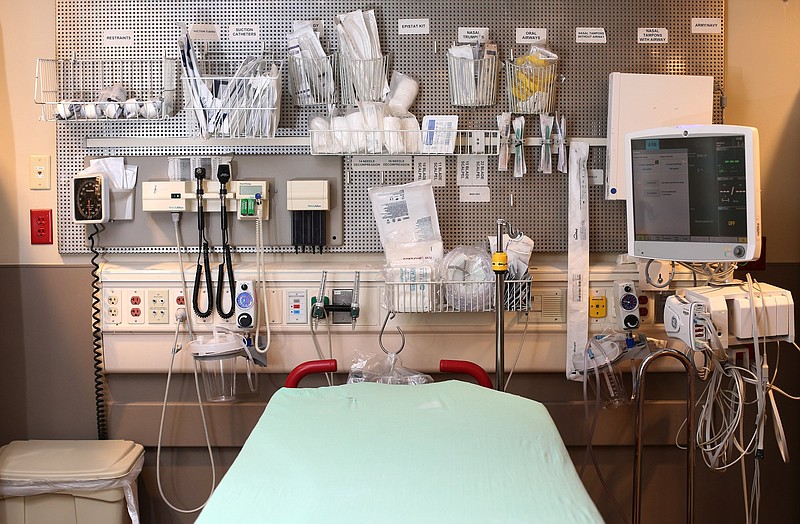In Hamilton County, more women than men have been infected with COVID-19 since the pandemic began more than eight months ago.
Yet, Hamilton County men are dying at a much higher rate than women.
Despite accounting for 49% of the county's population, according to the U.S. Census Bureau, Hamilton County men are 58% of the county's total deaths, which was 148 as of Wednesday, the last day local statistics were updated before the Thanksgiving holiday. Yet, men are underrepresented in the total number of infections, accounting for just 47% of that figure.
The death disparity seen in Southeast Tennessee is one playing out around the world. A study of more than 72,000 patient records by the Chinese Center for Disease Control and Prevention from February found that 63% of the known deaths in the sample were men. Countries like India, Iraq, England and Italy have similar disparities, according to the Sex, Gender and COVID-19 Project.
In the United States, men account for approximately 54% of the more than 240,000 known COVID-19 deaths, according to the U.S. Centers for Disease Control and Prevention.
Dr. Paul Hendricks, medical officer for the Hamilton County Health Department, said there are trends that could explain the disparity but it is hard to pin the imbalance to any single factor. For example, men are more likely to engage in high-risk activities like tobacco use and consuming alcohol.
That risky behavior can also transfer to the contemporary example of participating in large gatherings. An October study in the Proceedings of the National Academy of Sciences of the United States of America found that across eight countries, including the United States, women were more likely than men to follow COVID-19 mitigation recommendations such as hand washing and wearing masks.
Men tend to have weaker immune systems than women, Hendricks said, and men often delay or avoid medical care so that when they do require care their sickness is more advanced and less likely to respond to medical interventions.
Also, men tend to have higher levels of the enzyme ACE2 than women, Hendricks said. The enzyme is the entry point for COVID-19 to begin infecting cells.
Researchers in academic journals like The Lancet have also said the likeliest explanation comes down to social or cultural factors rather than biological differences. Men are overrepresented in some occupations that increase the risk of exposure, such as food processing and transportation, according to the CDC. They are more likely to have underlying conditions or, at least, more dangerous underlying conditions in terms of COVID-19 as they age.
In a June opinion piece in The New York Times, three researchers from Harvard University's GenderSci Lab said the pandemic mirrors previous public health crises like the 1918 Spanish Flu and SARS in 2003. The higher mortality rates among men were not because of a biological difference, the researchers wrote.
"In past epidemics, what at first appeared to be a sex difference turned out to be largely a result of the difference in life experiences between women and men," they said. "Occupations, behaviors and pre-existing conditions mattered more than whether one was a woman or a man."
Contact Wyatt Massey at wmassey@timesfreepress.com or 423-757-6249. Follow him on Twitter @news4mass.
